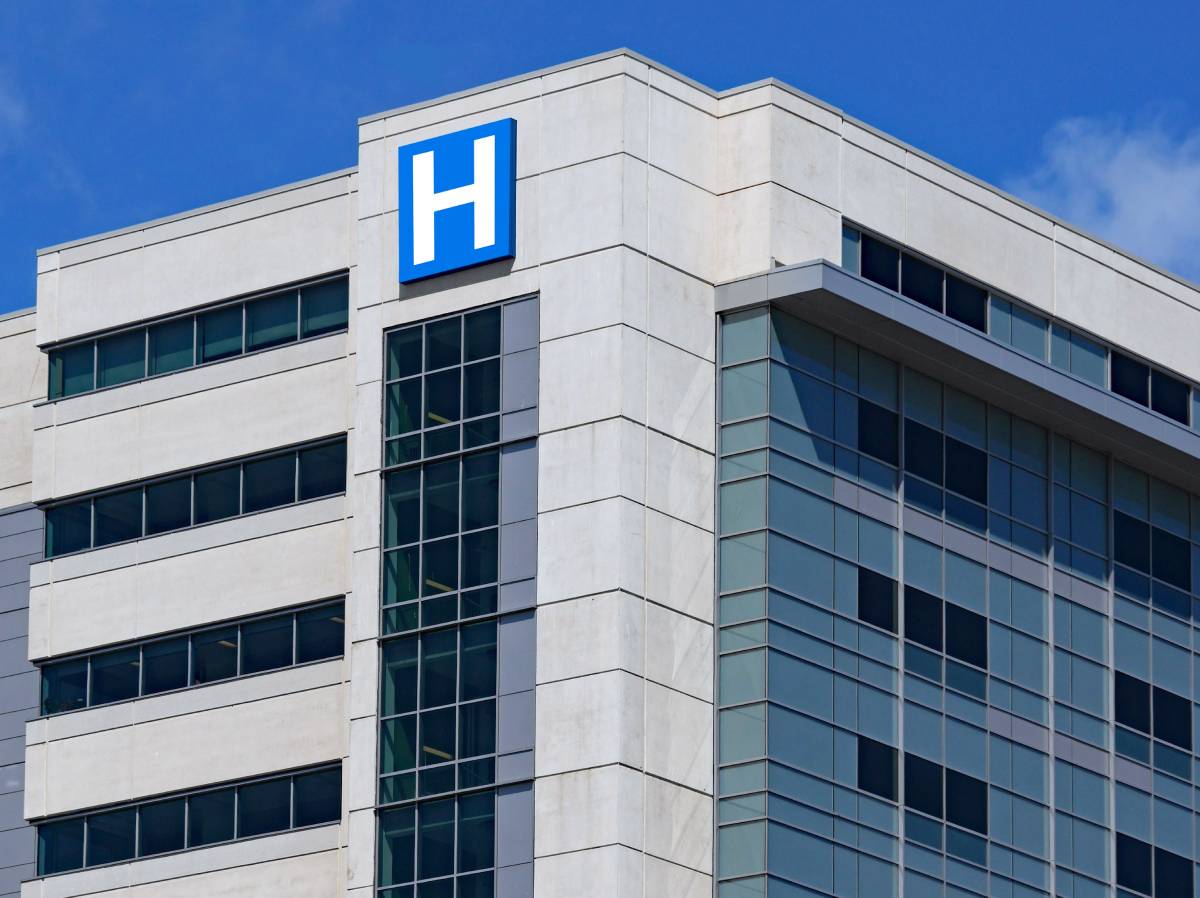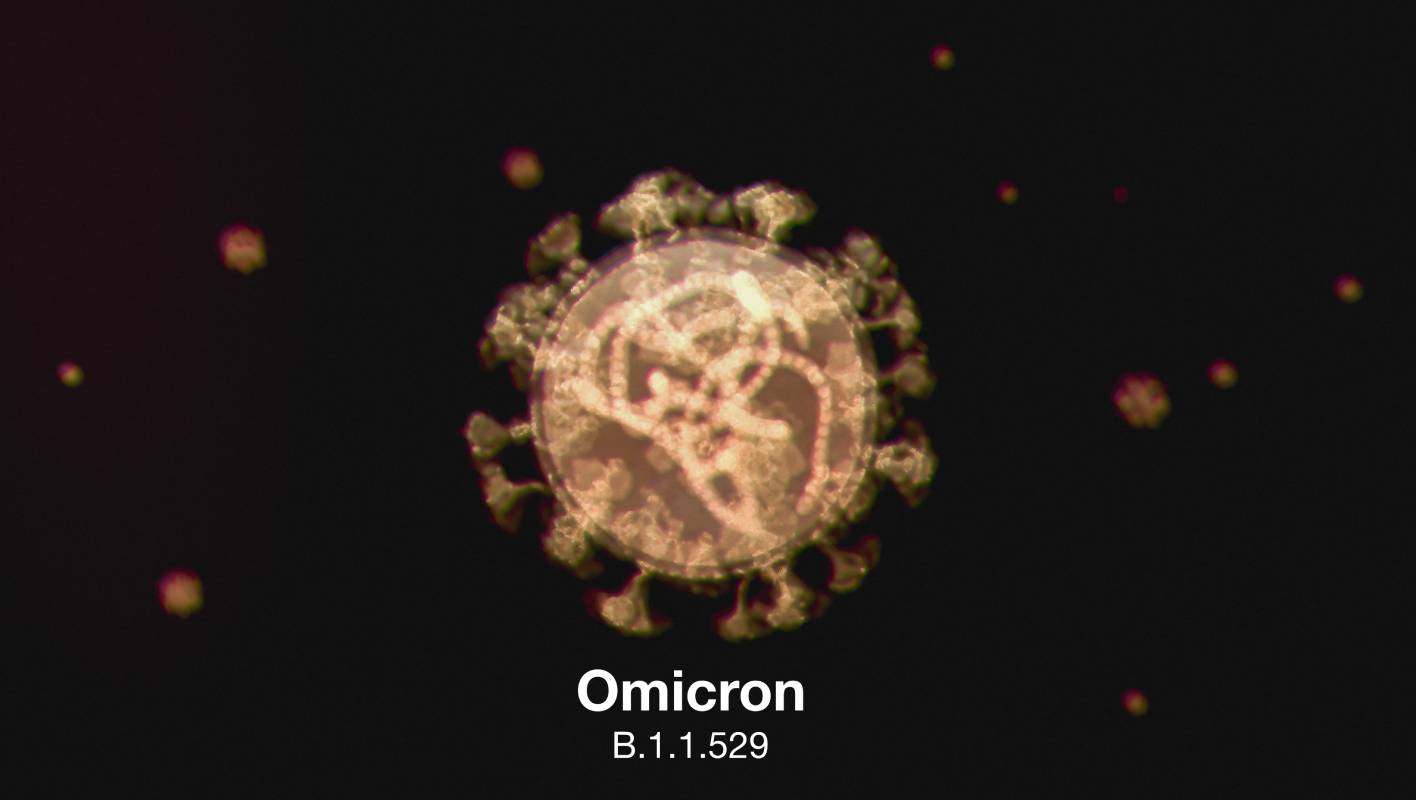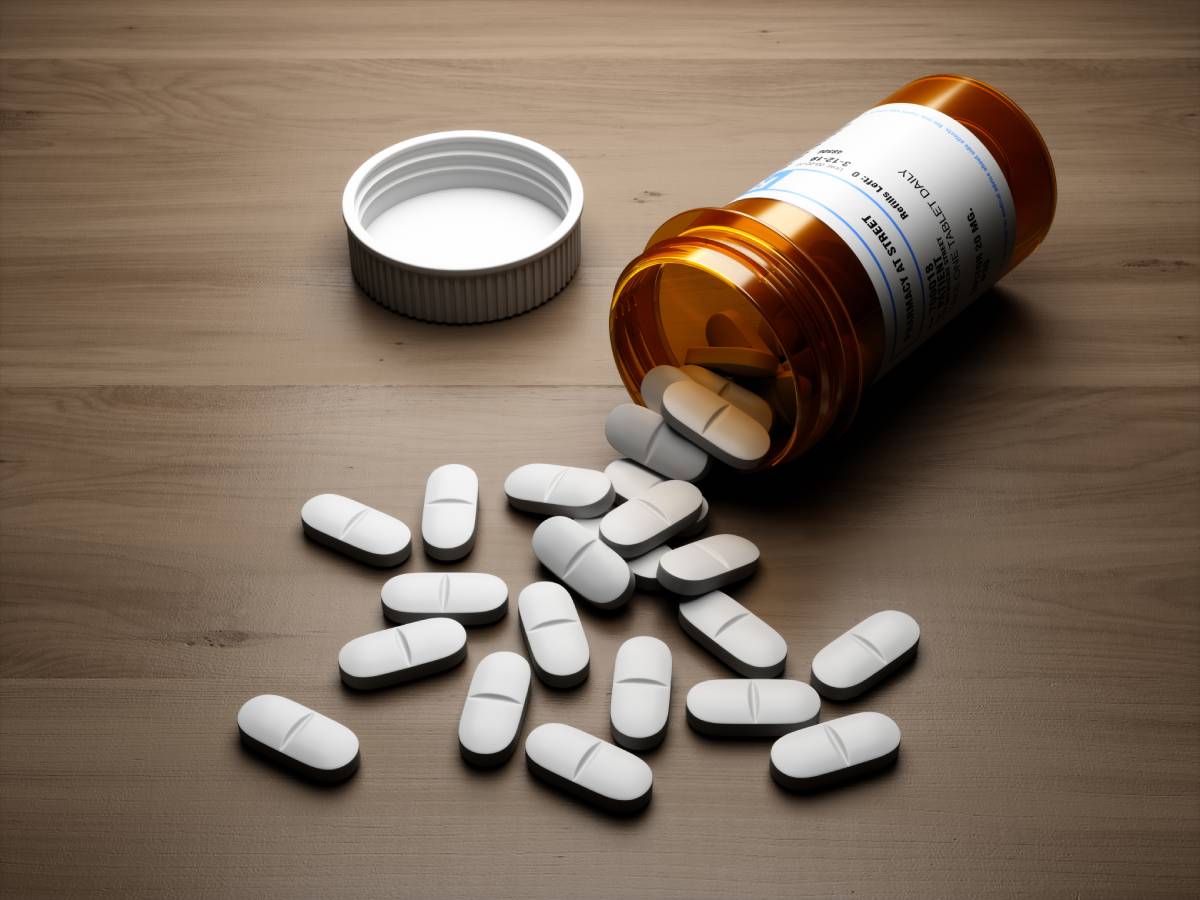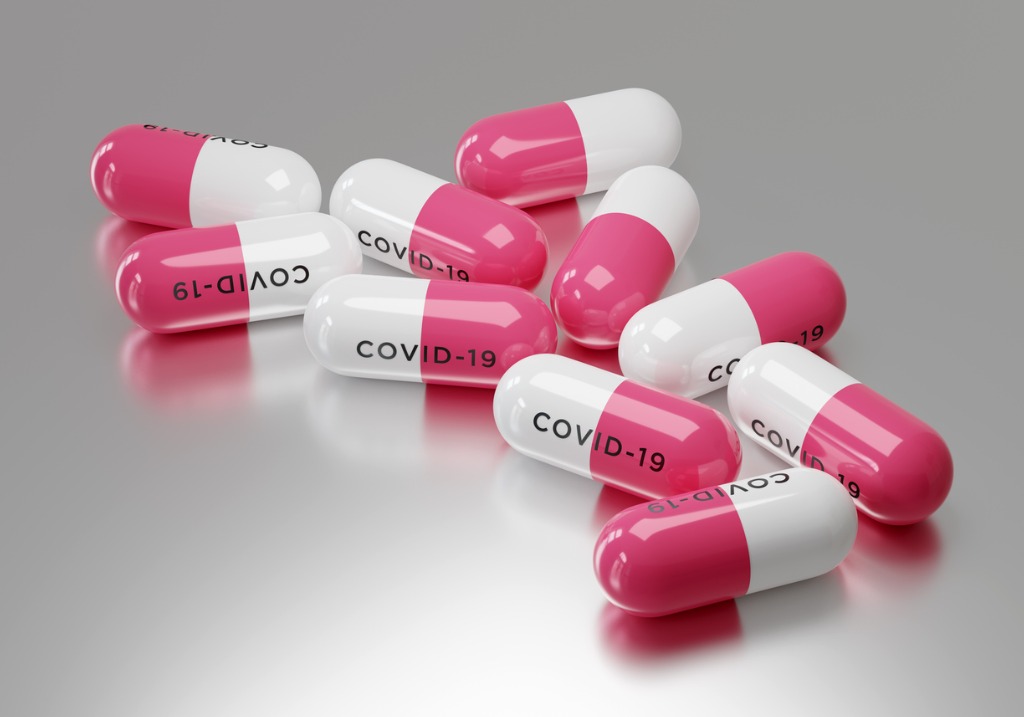
The healthcare system is estimated to account for up to 8.5% of the carbon dioxide emitted annually in the United States (1), and from 2010 to 2018, American greenhouse gas emissions increased by 6%, ranking first among industrialized countries (2). Healthcare supply chains generate the lion’s share of carbon emissions, representing nearly 80% (3), encompassing the production, transportation, use, and disposal of goods and services, including pharmaceuticals and other chemicals, food and agricultural products, medical devices, hospital equipment, and instruments. Decarbonizing this supply chain will be key to curbing climate change.
The measurement of greenhouse gas emissions is a crucial first step toward identifying and reducing the impact of the most carbon-intensive epicenters (4). To this end for example, England’s National Health Service’s Carbon Reduction Strategy was successful in developing tools, including the Procuring for Carbon Reduction Toolkit, aiming to provide professionals with guidance and methods to identify and understand the carbon reduction opportunities within the scope of their organization (5). In addition, healthcare systems may seek to develop an online platform to track the carbon footprint of product usage and resource consumption in order to generate the requisite high-quality data to inform policy thereafter.
In addition to better understanding carbon emission hotspots in healthcare supply chains, it is important to reduce consumption in general. This can be encouraged by promoting healthy lifestyles and ensuring excellent patient education as regards nutrition, fitness, and health – all contributing to sustainable preventative medicine.
Second, it is important to facilitate the sustainable procurement of goods. For example, buyers should use life-cycle costing to select the best supplier. Life-cycle costs are linked to both the contracting authority and other users, as well as to quantifiable environmental and social externalities. Examples include the costs of pollution caused by raw materials extraction and climate change mitigation costs. To address this issue, the largest healthcare provider of Sweden’s Skåne county has been increasingly using products made from biomaterials with a low life-cycle cost to replace certain plastic materials. As the result of innovative procurement strategies, one supplier has developed more climate-friendly aprons using 91% renewable materials.
Further, the transportation of goods must be carefully considered: Emissions emanating directly from healthcare facilities and healthcare owned vehicles constitute 17% of the healthcare’s footprint. Therefore, local goods or goods transported via sustainable energy-fueled modes of transportation should be favored.
In parallel, goods can be used in a more green-friendly fashion, such as by using compostable materials and reducing single-use goods and unnecessary disposal. Iceland’s Landspitali National University Hospital’s Environmental Program has resulted in the hospital replacing Styrofoam boxes for take-away food with high-quality, BPA-free reusable boxes – leading to the reduction in use of 123,000 boxes annually. In addition, food waste is composted, and hospital employees can receive free compost to use for their own at-home gardening.
To ensure that all stakeholders remain well-informed with regard to how best to reduce the carbon footprint of healthcare supply chains, it is important to ensure access to information and comprehensive training programs for staff. In the meantime, all healthcare sector personnel should continue to share ideas and highlight any opportunities for greater collaboration across stakeholders and programs. Decarbonizing the United States supply chain will require a progressive mentality shift alongside a broad range of policies aimed at supporting and rewarding sustainable innovations at all levels.
References
- U.S. Health System Will Need to Adapt to Climate Change. Available at: https://www.commonwealthfund.org/blog/2018/be-high-performing-us-health-system-will-need-adapt-climate-change.
- Eckelman, M. J.et al.Health care pollution and public health damage in the United States: An update. Health Aff. (2020). doi:10.1377/hlthaff.2020.01247
- Zhao, Q.et al.Global, regional, and national burden of mortality associated with non-optimal ambient temperatures from 2000 to 2019: a three-stage modelling study. Lancet Planet. Heal. (2021). doi:10.1016/S2542-5196(21)00081-4
- Hippocrates Data Center | Global Green and Healthy Hospitals. Available at: https://www.greenhospitals.net/hippocrates/.
- NHS Sustainable Development Unit. Carbon Footprint update for NHS in England 2015.NHS Engl.(2016).




